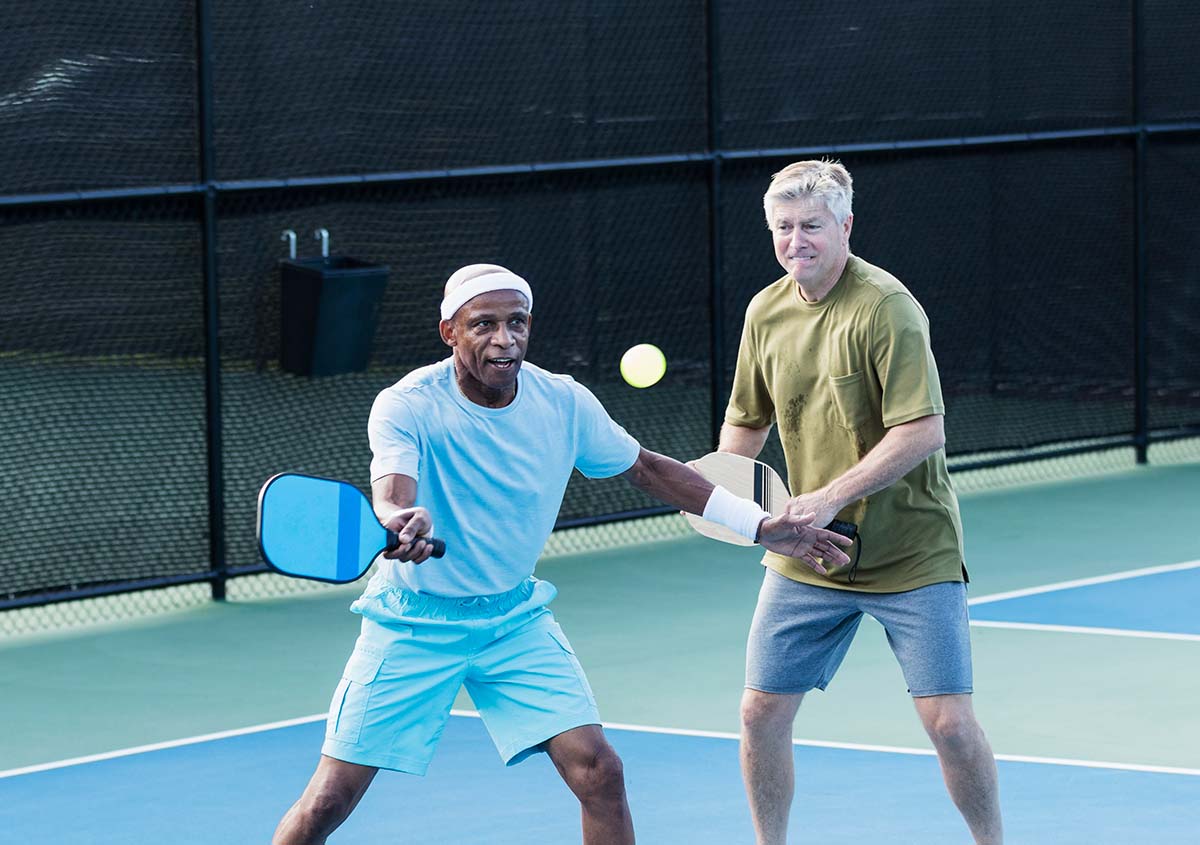Physical Exercise
Useful Tips for a Healthy Brain
What’s Good for Your Heart is Good for Your Brain.
What can add years to your life, help you lose weight, boost your mood, improve your sleep, reduce your risk of heart disease and cancer, keep your bones and your brain healthy? Exercise!
Even if you have never exercised, any physical activity is better than none at all.
Build Endurance with Aerobic Exercise
In addition to improved heart health, regular endurance exercise, like running, swimming or biking, can also foster new brain cell growth and preserve existing brain cells.
Build your endurance.
Get Into Strength Training
Strength training isn’t just for body builders. Lifting weights or using a resistance band not only builds muscle and strengthens bone; it can boost brain power, improve mood, enhance concentration and increase decision-making skills.
Build your strength.
Work on Flexibility
Your flexibility can gradually decline with age. Better flexibility means more energy, improved posture and reduced risk of injury. Tai chi, yoga and stretching help you stay more flexible.
Improve your flexibility.
Keep Balanced
Balance diminishes progressively as you get older. Balance training is not just about avoiding falls. Better balance will improve your overall movement and your ability to do things better throughout your life. Try simple exercises, like standing on one foot or walking backward.
Work on your balance.
AEROBIC
5 days a week
30 minutes a day of moderate intensity
Moderate intensity means you can talk but not sing while exercising
Aim for your target heart rate
Walk, hike, bike, swim, dance, or just move
FLEXIBILITY
3-5 times per week
10 minutes each session
Hold each stretch 30 to 90 seconds
Stretch muscles through a full range of motion
Tai Chi, yoga, and stretching
STRENGTH
2 times per week
1 set per muscle group, with 8-12 repetitions per set
Exercise all major muscle groups with a 2 day rest in between
Squats, lunges, planks, bicep curls, tricep press-down, shoulder press, etc.
BALANCE
2-3 days a week
Sit to stand
Stand with feet touching side by side
Stand heel to toe
Walk backwards and sideways
Walk on heels and toes
Stand on one leg
Yoga or Tai Chi class
Pump Up Your Heart
Exercise improves blood flow and memory; it stimulates chemical changes in the brain that enhance learning, mood and thinking. Exercise reduces the odds of developing heart disease, stroke, and diabetes.
Exercise changes the brain in ways that protect memory and thinking skills. Build activity into your daily life: dance, wash your car, walk with a friend, jog, play golf, or tennis.
When you exercise keep your heart rate in the target zone. Check out your target rate.







